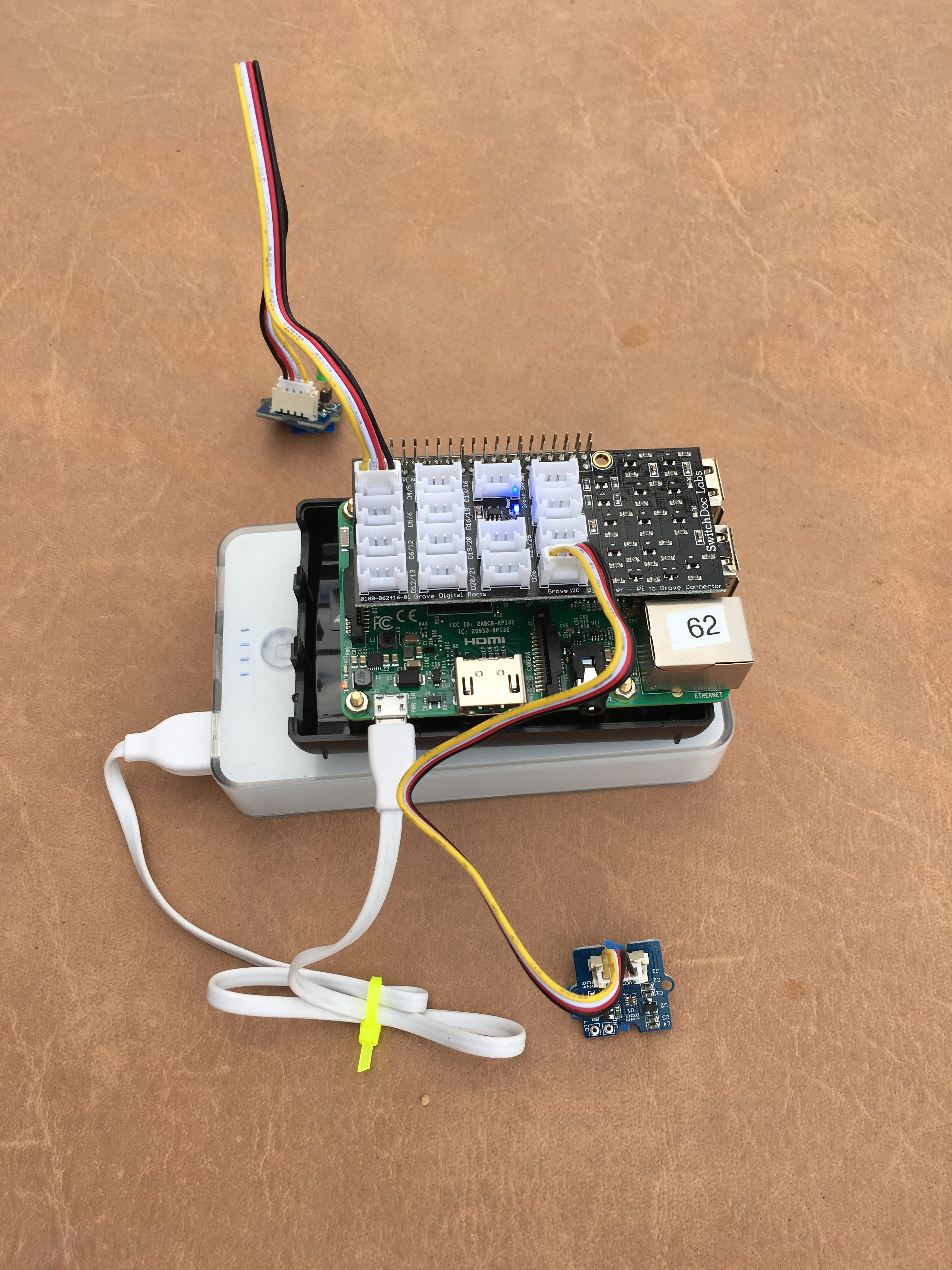Setting up a remote IoT Raspberry Pi project can be an exciting venture for beginners and advanced tech enthusiasts alike. With the right tools and knowledge, you can create innovative solutions that connect devices across the internet, allowing for remote monitoring and control. Whether you're building a smart home system or managing industrial equipment, understanding how to configure your Raspberry Pi for remote access is essential.
This guide will walk you through setting up a Raspberry Pi as part of an Internet of Things (IoT) network. You'll learn how to enable secure remote access using SSH, set up remote desktop capabilities, and explore additional features like monitoring propane tank levels. By following these steps, you'll gain hands-on experience in configuring and managing IoT devices remotely, empowering you to take on more complex projects in the future.
Connecting to a Raspberry Pi over the internet involves several key steps, including enabling SSH and setting up port forwarding on your router. SocketXP offers a cloud-based IoT remote access solution that simplifies this process by providing secure SSH connections to remotely located devices. This service eliminates many of the complexities associated with traditional methods, making it easier for beginners to manage their IoT setups without needing advanced networking knowledge.
Secure Remote Access Solutions
Establishing secure remote access to your IoT devices is crucial for maintaining control and ensuring data privacy. Tools like SocketXP provide an easy-to-use platform for managing SSH connections between your local network and external networks. By leveraging cloud infrastructure, SocketXP allows users to bypass common issues related to IP address mapping and firewall restrictions, streamlining the connection process significantly.
When configuring SSH access, it's important to consider security best practices such as changing default passwords, disabling root login, and implementing key-based authentication instead of relying solely on password credentials. These measures help protect against unauthorized access attempts while maintaining ease of use for authorized personnel.
In addition to basic SSH functionality, some services offer advanced features like session recording and user activity logs which can prove invaluable during troubleshooting sessions or audits. Understanding these options enables administrators to tailor their setup according to specific organizational requirements.
Configuring Remote Desktop Connectivity
While SSH provides command-line access to your Raspberry Pi, there may be instances where graphical interaction is necessary. Setting up remote desktop connectivity allows users to interact with the device's desktop environment from anywhere in the world. To achieve this, ensure that port 22 is correctly mapped within your router settings so incoming requests reach the intended RBPi unit.
A potential challenge arises when dealing with dynamic IP addresses assigned by ISPs; however, solutions exist to mitigate this issue. Dynamic DNS services update automatically whenever changes occur in public-facing IP numbers, ensuring consistent accessibility regardless of underlying network fluctuations. Combining DDNS with appropriate port configurations ensures stable communication channels remain open at all times.
For enhanced performance and reliability, consider utilizing specialized software designed specifically for facilitating remote desktop experiences across different platforms. Such applications often include built-in encryption protocols and optimized bandwidth usage algorithms tailored towards delivering smooth interactions even under less-than-ideal conditions.
Monitoring Propane Tank Levels Wirelessly
An excellent example showcasing the versatility of IoT technology involves creating a system capable of monitoring propane tank levels wirelessly via Raspberry Pi integrated with remote sensors. Although deploying full-fledged computers might seem excessive for simple tasks like level detection, combining affordable components alongside clever coding techniques makes implementation both cost-effective and efficient.
The core concept revolves around attaching ultrasonic distance sensors near the top interior walls inside tanks whose readings are periodically transmitted back to central processing units housed within RPis placed nearby but safely outside hazardous zones. Data collected undergoes analysis before being relayed further upstream either locally stored databases accessible through web interfaces or pushed directly into cloud storage repositories for broader dissemination among stakeholders.
By investing less than $100 along with minimal programming effort required depending upon desired complexity levels, individuals now possess everything needed to implement functional systems capable of tracking fuel reserves accurately no matter location constraints imposed by physical geography barriers separating end-users from monitored assets themselves.
Enhancing Development Environments
Visual Studio 2015 introduced support for developing applications targeting Windows IoT Core running on ARM architecture devices such as the Raspberry Pi 2. Included within its feature set was integration with Microsoft's Remote Debugger toolchain designed explicitly for debugging purposes during development phases involving embedded hardware targets. While generally reliable out-of-the-box operation post-bootup sequences, occasional hiccups necessitate manual intervention steps outlined clearly throughout official documentation resources provided freely online.
Developers benefit greatly from having access to robust integrated development environments (IDEs) equipped with comprehensive toolsets addressing every aspect of application lifecycle management—from initial conception stages through final deployment considerations inclusive. Leveraging well-established frameworks reduces overall time spent resolving common pitfalls encountered repeatedly throughout iterative refinement processes typical within modern software engineering workflows.
Moreover, familiarity gained working within structured environments fosters greater confidence amongst practitioners attempting increasingly ambitious undertakings beyond mere experimentation scenarios limited strictly academic pursuits alone.
Exploring Alternative Deployment Methods
Windows 10 IoT Core imposes certain limitations regarding installation procedures compared to traditional desktop operating systems due primarily to its focus on lightweight footprint designs suited better towards constrained resource environments typical found embedded computing architectures today. Consequently, performing straightforward installations akin those experienced elsewhere proves challenging unless prepared accordingly beforehand.
Raspberry Pi forums serve as valuable community-driven knowledge bases offering practical advice derived real-world experiences shared freely amongst members worldwide who actively participate discussions centered around overcoming obstacles unique this particular ecosystem space. Through collaborative efforts spanning diverse backgrounds skillsets represented therein emerge innovative approaches solving problems previously thought insurmountable solo efforts alone.
Understanding available alternatives empowers decision-makers select optimal strategies align closely defined objectives pursued current projects undertaken pursuit technological advancement boundaries ever expanding digital landscape emerging rapidly before our very eyes each passing day forward momentum continues unabated pace unprecedented history recorded mankind thus far known yet.

